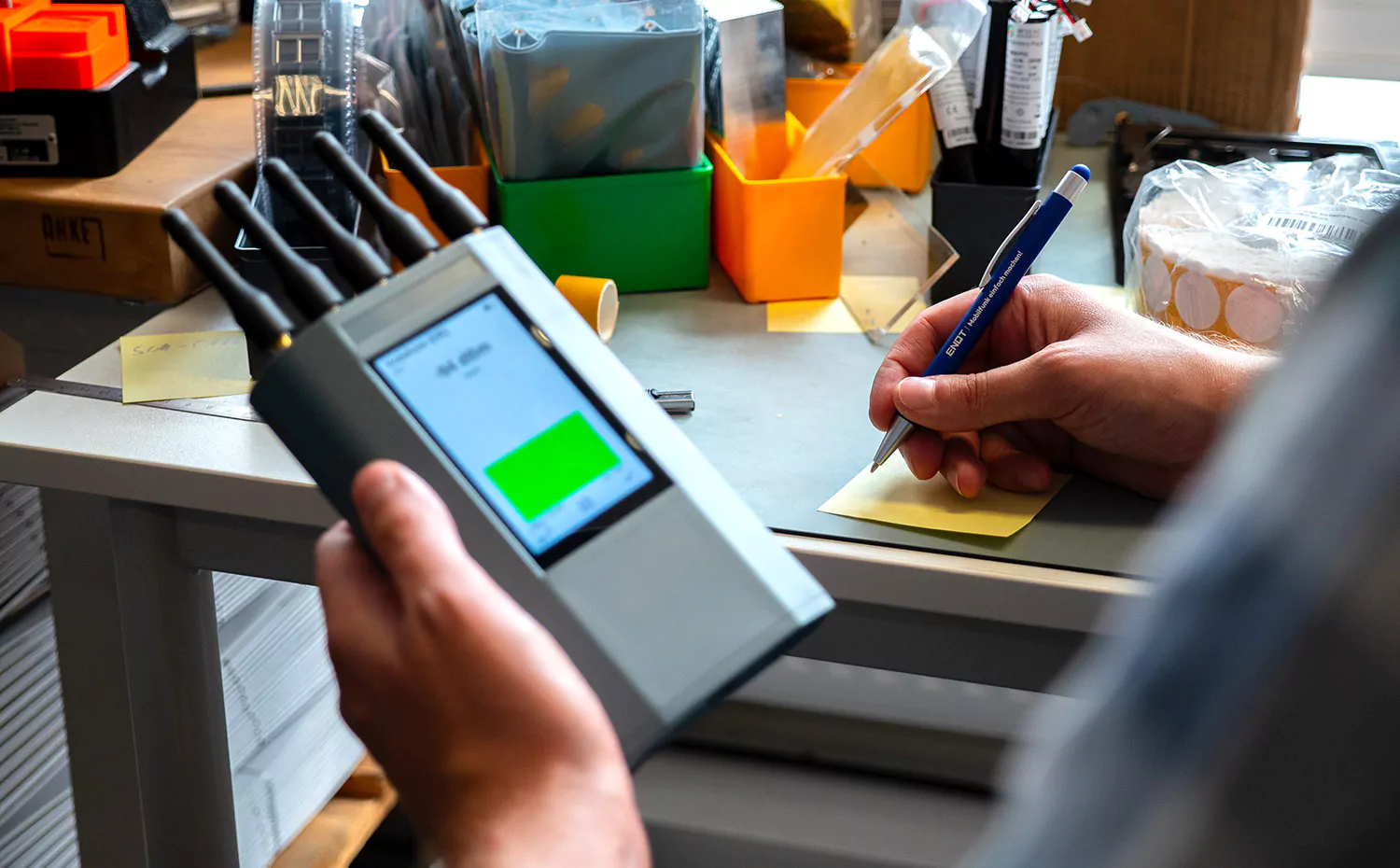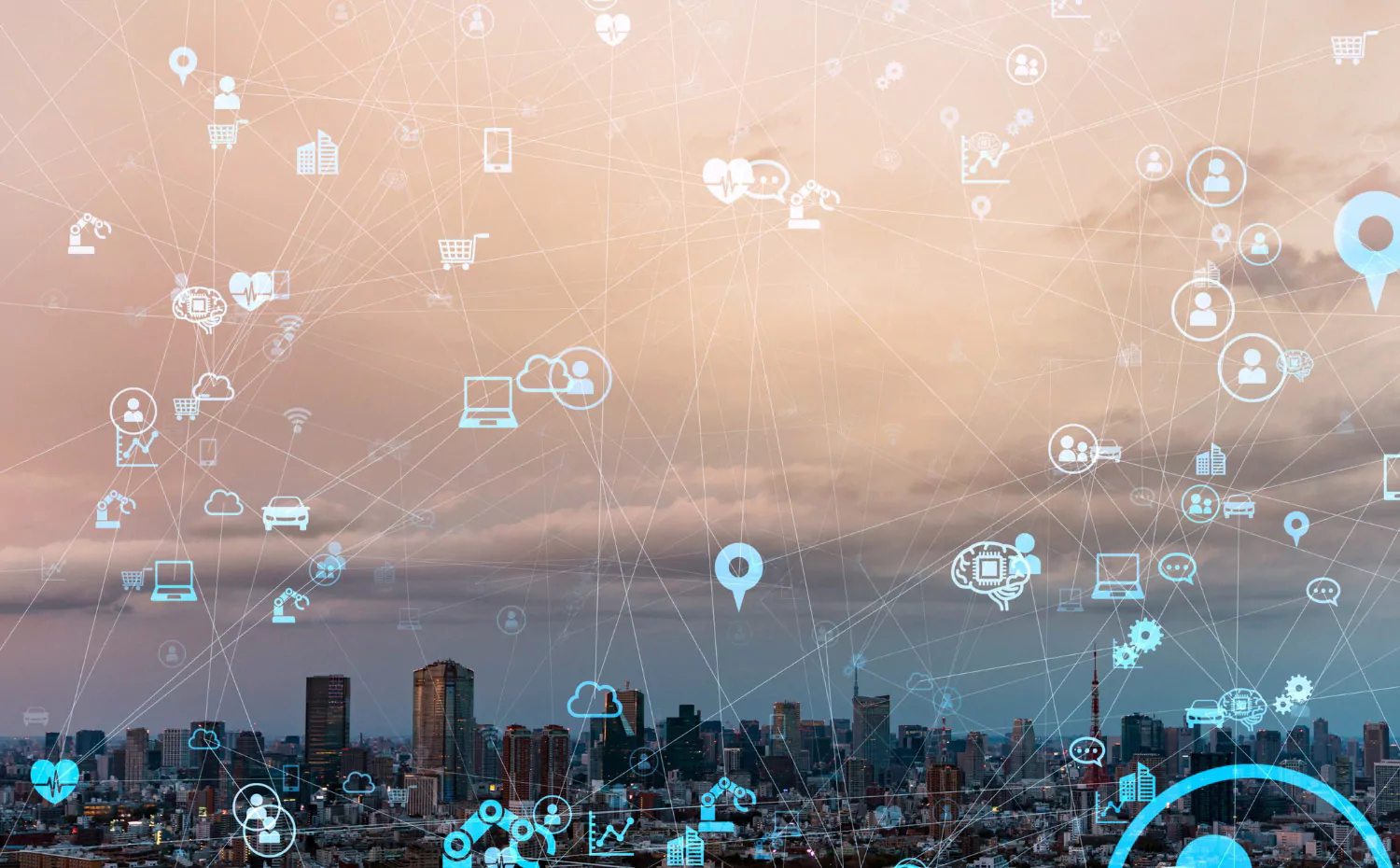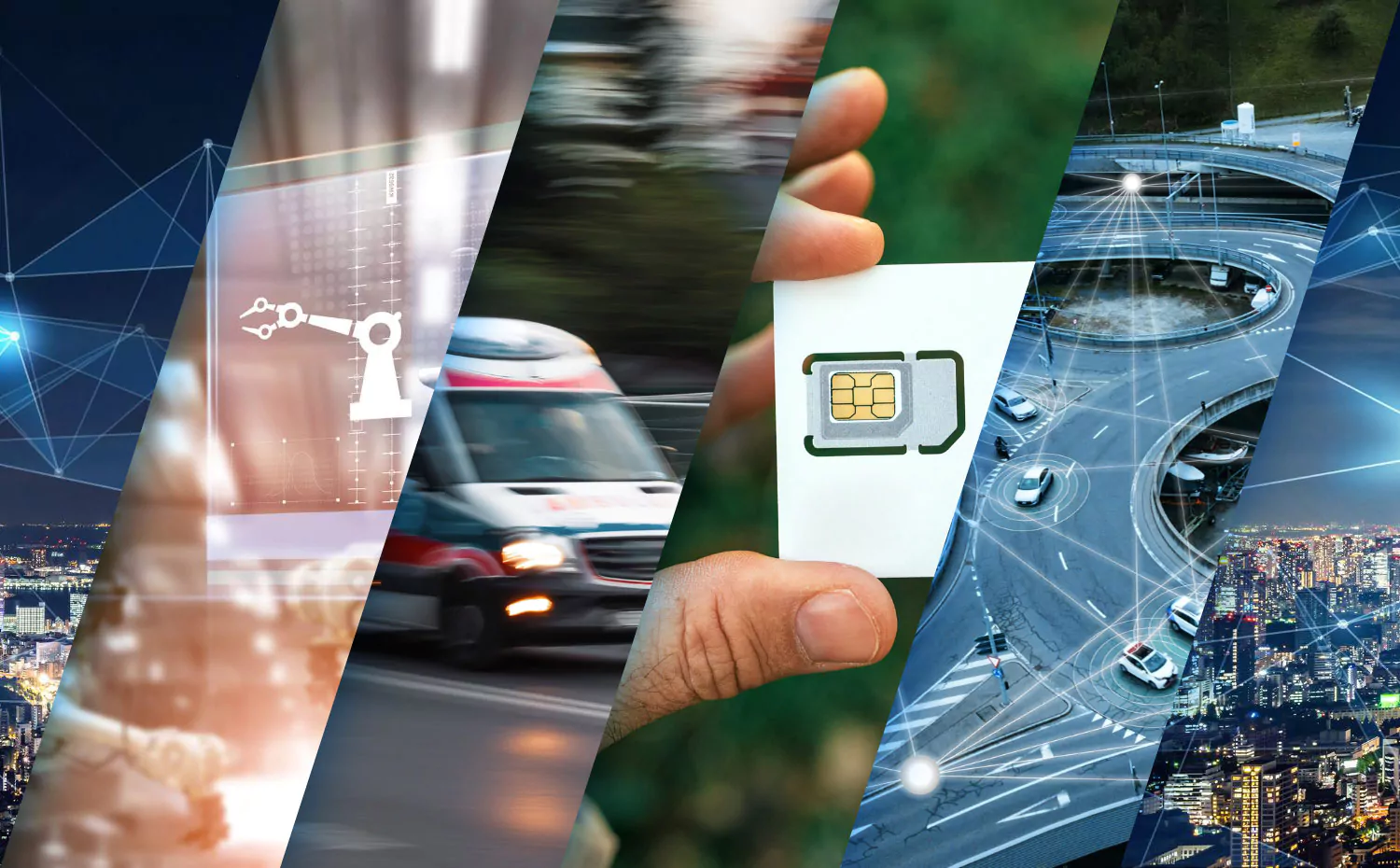With the expansion of the 5G networks and the enormous bandwidths as well as the real-time capability of the new mobile communications standard, the network technology requirements are now available. So there’s a good chance that we’ll soon be able to see the person we’re talking to as a realistic hologram when we make a phone call. In this article, we will explain the basics of hologram telephony, go into detail about the network requirements and present the cooperation of the major European mobile communications companies in this area.
Basic functionality of hologram telephony
Hologram telephony is no longer science fiction. Even if it is complex and expensive, it is already technically possible today to represent the participants of a telephone call in the form of moving, realistic holograms. Basically, these three functional components are necessary for this:
- A recording technology for three-dimensional images
- A real-time capable transmission link with a high bandwidth
- A display or projection technology for the 3D representation of the transmitted holograms.
To capture people or objects in three dimensions, cameras with depth sensors can be used that are positioned at different locations and capture images from different angles. A computer then generates three-dimensional models from the images and sensor data. A cheaper and less hardware-intensive method of generating 3D models is to use artificial intelligence to upscale the two-dimensional images captured by a normal camera into three-dimensional representations.
The moving 3D models must then be transferred. Since three-dimensional models generate considerably more data than two-dimensional images, a network with high bandwidths and the ability to transmit in real time with low latency is required. Compression techniques help to reduce the amount of data.
It must be possible to generate realistic holograms at the remote station from the received data of the 3D object. Various options are available for this purpose. For example, special projectors, displays with light field technology or virtual reality glasses can be used. As a result, the caller sees the caller as if he were standing in front of him.
5G – an enabler for mass-market hologram telephony
As explained in the previous chapter, hologram telephony requires enormous bandwidths. Large amounts of data must be transported wirelessly over long distances within a very short time. Conventional mobile networks can hardly cope with these challenges. But with the introduction of 5G mobile technology and the expansion of 5G networks, high-performance mobile networks are finally available for the transmission of realistic, high-resolution, moving 3D images in real time. In addition, 5G networks provide optimal support for the edge and cloud computing also required for hologram telephony.
Cooperation between the major European mobile operators
For a long time now, the telecommunications industry has been looking at hologram telephony. But more than demo installations or isolated solutions have not yet emerged. That is about to change. In the fall of 2022, the major European mobile communications companies Deutsche Telekom, Telefónica, Vodafone and Orange announced that they are cooperating in the field of hologram telephony. A joint platform for the transmission of three-dimensional representations is to be developed. If the mobile communications companies have their way, hologram telephony will be ready for mass use and available to end customers in about two years. The declared goal of all cooperation partners is to make this form of communication accessible to everyone.
However, the caller will need virtual reality glasses. He can see the caller’s upper body in his glasses as a three-dimensional hologram, but the caller cannot see the called party. There is only one hologram in the connection. For the caller, hologram telephony feels like a normal video call. The three-dimensional image of the caller is created by using artificial intelligence, a 3D rendering engine and edge computing to extrapolate the two-dimensional image captured by the selfie camera into a three-dimensional object in real time. The artificial intelligence adds the back of the head or the ears, for example. A software solution from the company Matsuko is used to generate three-dimensional images. Prerequisites for this type of hologram telephony are the 5G mobile communications standard and the provision of computing power via edge computing.
There are no exact dates for when the joint platform is to be ready and what it will cost. It remains exciting to see when hologram technology will be available to everyone and whether this type of telephony will actually prove to be suitable for everyday use.



